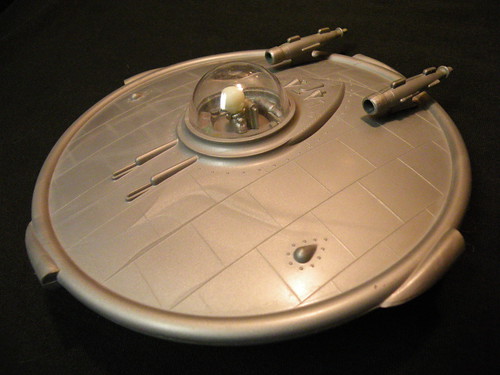 dust jacket for the London-published edition
dust jacket for the London-published edition
"Worlds in Space"by Martin Caidin
illustrated by Fred L. Wolff
published 1954
Sidgwick and Jackson, London
212 pages, 64 plates (16 photographs, 48 drawings)
Contents:
- This is how we stand
- Robots into space
- The weakest link–man
- The first space ships
- The space satellite
- Earth below
- Expedition across space
- On the moon to stay
- Fortress in the sky?
- Beyond the moon
"Five years have passed since February 24th, 1949, when a V-2 rocket soared upward at 5,100 miles per hour and set a new record at 252 miles above the earth's surface...[Worlds in Space] tells the history of rocket development thus far and reveals the steps by which man will eventually travel to other planets."
 dust jacket of American edition
dust jacket of American edition
 hard cover embellishment
hard cover embellishment

"The three-stage space ship envisioned by Dr. Wernher von Braun, who has been carrying out an extensive publicity campaign in favour of space travel now. Von Braun's three-stage space ship is designed to carry a crew of about six men and 34 tons of cargo to an orbit 1,075 miles above the earth, where a space satellite will be assembled, to whirl about the earth at a velocity of 15,840 miles per hour."
illustration by Fred L. Wolff
"A combination of proposals from both sides of the Atlantic. The space satellite depicted in its final stages of construction is the design proposal of von Braun, the space ships indicated a variation of a delta-wing suggestion by R. A. Smith of the British Interplanetary Society."
illustration by Fred L. Wolff
 The Rocket Man
The Rocket Man


























